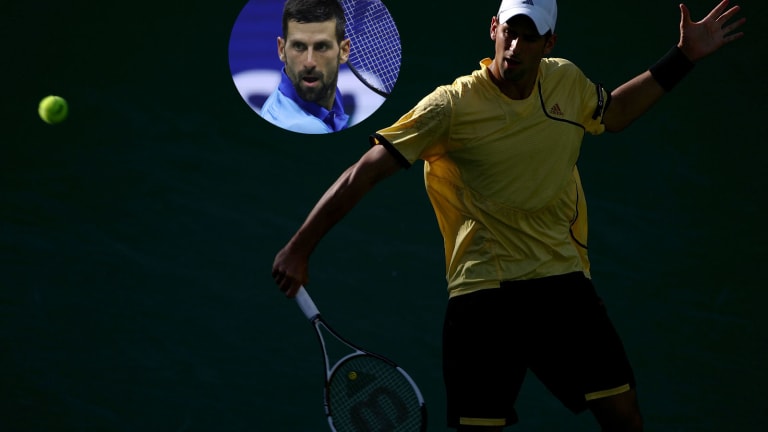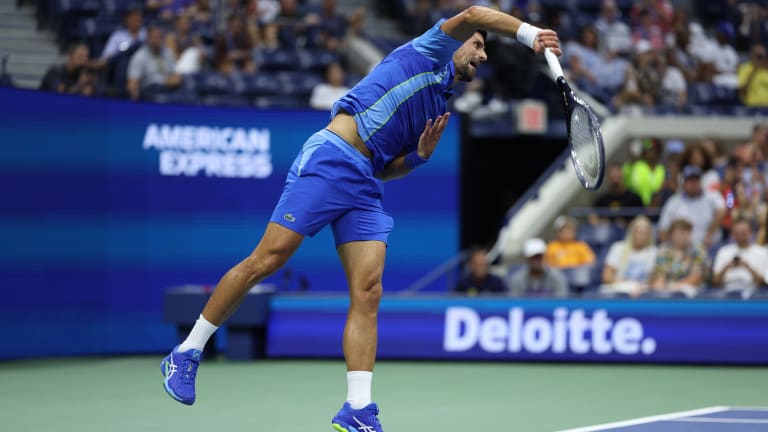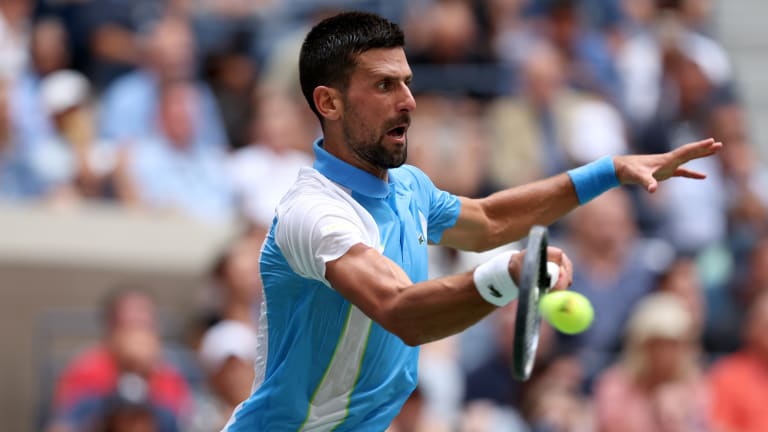In 2007, TENNIS.com’s Peter Bodo wrote a prescient blog post, “The Perfect Player,” calling attention to a then-19-year old Novak Djokovic and his remarkably well-balanced game. It became a widely disseminated and oft-cited article that, given the premise of the story, left a juicy question dangling: where do you go from “perfect?”
Here, some 16 years later, we asked him to revisit that post asking what, if anything, has changed in the intervening years?—The editors
NEW YORK—Following Novak Djokovic throughout his career has been a little bit like watching a museum-grade black-and-white photograph being developed in the darkroom of a master photographer. The photo paper with the latent image is slipped into a chemical bath and gradually a picture emerges, sometimes so slowly that you don’t notice how substantially the final image differs from the rough, early outlines.
So it goes with Djokovic, the all-time men’s Grand Slam singles champion and No. 2 seed at this US Open. Much about the 36-year-old paragon’s game and person is similar to what it was 16-plus years ago—in some cases, improbably so. But much has changed as well.
Djokovic’s elasticity and long, loose limbs are still those of an ideal athletic body. He still has a marvelous economy of motion. The eye-catching trunk-and-shoulder rotation and quick feet he first displayed back in 2007 remain striking today. Djokovic had some rough edges back then, but they have been painstakingly smoothed out, burr by burr. Once prone to outbursts of anger, he now uses adversity as fuel.



